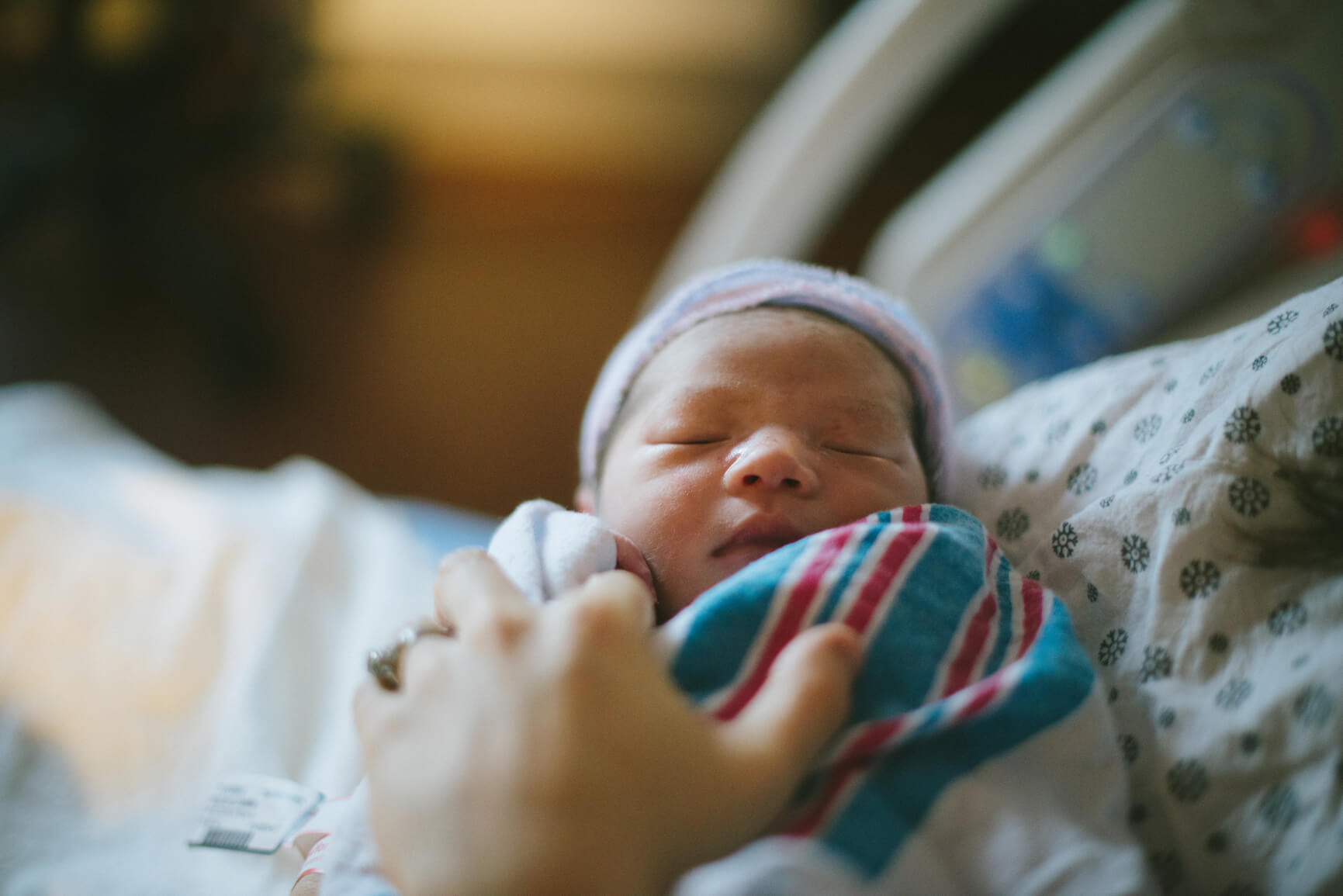The Guardian
Minister reveals number of injuries during restraint is almost five times higher than Youth Justice Board figure
Adam Rickwood hanged himself after being restrained in a secure training centre. Photograph: Christopher Thomond
Thousands more children have been injured in custody through the use of controversial restraint techniques than the government had previously disclosed, new statistics show. This has prompted accusations that the true scale of harm in privately run jails has been suppressed. Figures reveal that the number of injuries to children caused by the use of restraint is more than three times higher than the total previously stated by the Youth Justice Board (YJB).
It has emerged that, between 2010 and 2014, children who were restrained while in custody suffered 3,312 injuries that had not previously been declared to parliament or included in the government’s statistical bulletins.
According to the YJB’s official statistics, 318 incidents occurred between 2010 and 2014 within secure training centres (STCs) where restraint led to either minor injuries that required medical treatment or serious injuries requiring hospital treatment. Yet Home Office minister Mike Penning said in a parliamentary answer last week that the actual number of injuries caused by restraint in secure training centres over that period was 1,506, almost five times as many. The comparable figure for young offender institutions was 631, compared with a “new” total of 2,755 – 4.3 times as many.
The Ministry of Justice said that the increase was explained by the inclusion of a new category that included injuries that did not require medical or hospital treatment.
Andrew Neilson, director of campaigns at the Howard League for Penal Reform, said: “It is particularly surprising that the Youth Justice Board did not supply this information to parliament or, at the very least, supply an explanation of what was omitted.”
Carolyne Willow, director of the charity Article 39, which is named after a section of the UN convention on the rights of a child, added: “Now it seems thousands of children have been injured during restraint, and they have not been included in the statistics.”
Critics suggest that the new figures might still not show the full picture. In the Medway secure training unit in Kent, for example, the new data shows no injuries caused by restraint in 2014 and just 11 in 2013. Yet a recent Panorama programme “uncovered shocking abuse”, according to Neilson.
The programme, screened last month, raised allegations of abuse in Medway, which is run by private firm G4S. The documentary showed children being slapped on the head and submitted to restraint tactics that are against STC rules: these included one child having his windpipe pressed until he complained that he could not breathe. It also accused staff in Medway of routinely falsifying documents to prevent the company being fined for “losing control” of the young people in its care.
Neilson said: “Anyone who watched the programme will have noticed that none of the incidents shown was deemed to ‘require’ medical attention afterwards. This indicates just how serious these thousands of unreported injuries suffered by children may have been. The YJB already has some big questions to answer, given that it had a monitoring role at Medway, and this hardly engenders confidence in its ability to police the companies running these child jails.”
Campaigners say the failure of the government to publish data relating to all injuries amounts to it protecting private companies from proper scrutiny but also raises questions over the decision-making process when deciding a child does not need any medical treatment.
An Ofsted report last year documented an incident at Rainsbrook secure training centre in Warwickshire, in which a young person did not receive treatment for 15 hours after suffering a fractured arm apparently sustained when he was restrained by staff.
In another incident, at Hassockfield STC in County Durham in 2004, Adam Rickwood, 14, hanged himself after he was manhandled by secure centre staff. He was the youngest person to die in custody in Britain in modern times.
Willow said: “Children in prison haven’t got their mums and dads, or other carers, attending to them after restraint. Being physically restrained is usually a deeply distressing experience.
“All children are meant to see someone from healthcare after restraint, and to get treatment for injuries if they need it. So, is the real story here that thousands of children have been injured and then left alone in their cells, with no one coming to their assistance?” she added.
A Ministry of Justice spokesman said late on Saturday: “The YJB has routinely published data on injuries requiring medical and hospital treatment for a number of years. These categories are explained in the publication.
“Data on injuries which do not require medical attention have not been routinely published but are available on request.
“Ministers have asked officials to consider whether this data should now be routinely released as well.”



